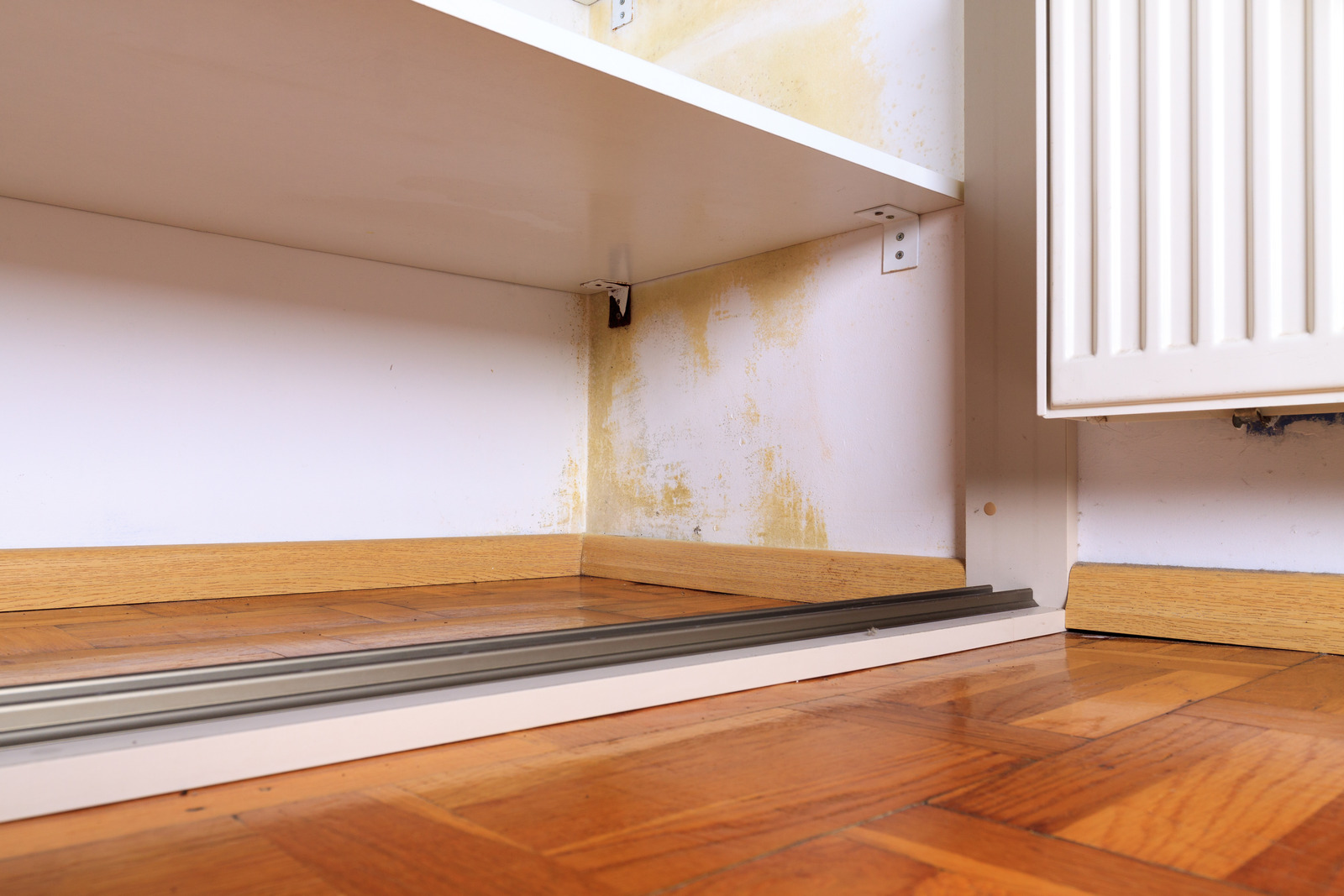
Mold is a type of fungus that thrives in warm, damp environments. While it is commonly associated with bathrooms and basements, mold can grow in a variety of places throughout your home. In this article, we will explore some of the places where mold can hide in your home and how to prevent it from growing.
1. Underneath Carpeting and Padding
Carpeting and padding can trap moisture and provide an ideal environment for mold to grow. If you have a carpeted area in your home that is prone to spills or dampness, such as a basement or laundry room, it is important to keep the area well-ventilated and dry. Consider using a dehumidifier to remove excess moisture from the air.
2. Behind Walls and Wallpaper
Mold can also grow behind walls and wallpaper, particularly in areas that are prone to leaks or water damage. If you notice peeling or bubbling wallpaper or a musty odor coming from behind a wall, it may be a sign of mold growth. It is important to address water leaks and damage promptly to prevent mold from growing.
3. Around Windows and Doors
Windows and doors can also be a breeding ground for mold, particularly in areas with high humidity or condensation. Regularly inspect the caulking and weatherstripping around windows and doors and replace any damaged or worn areas.
4. In Attics and Crawl Spaces
Attics and crawl spaces are often humid and poorly ventilated, making them a prime location for mold growth. Inspect these areas regularly and ensure that they are well-ventilated and free of excess moisture.
5. Inside HVAC Systems
Mold can also grow inside HVAC (heating, ventilation, and air conditioning) systems, particularly if the system is not regularly maintained. Mold spores can circulate through the system and be released into the air in your home. It is important to have your HVAC system inspected and cleaned regularly to prevent mold growth.
6. Preventing Mold Growth
Preventing mold growth in your home starts with controlling moisture levels. Keep your home well-ventilated and dry, and promptly address any leaks or water damage. Use a dehumidifier in areas that are prone to humidity or condensation. Regularly inspect your home for signs of mold growth, such as musty odors, and address any issues promptly.
Conclusion
In conclusion, mold can grow in a variety of places throughout your home, from carpeting and padding to behind walls and wallpaper. By keeping your home well-ventilated and controlling moisture levels, you can prevent mold from growing and protect your family's health and well-being. If you suspect that you have a mold problem in your home, consult with a professional to address the issue and prevent it from recurring.